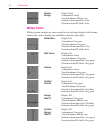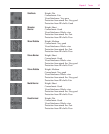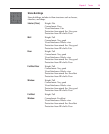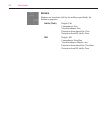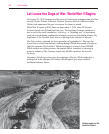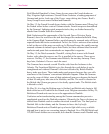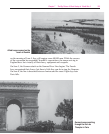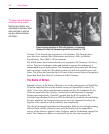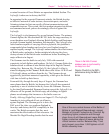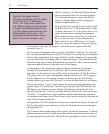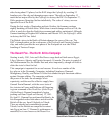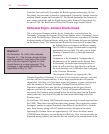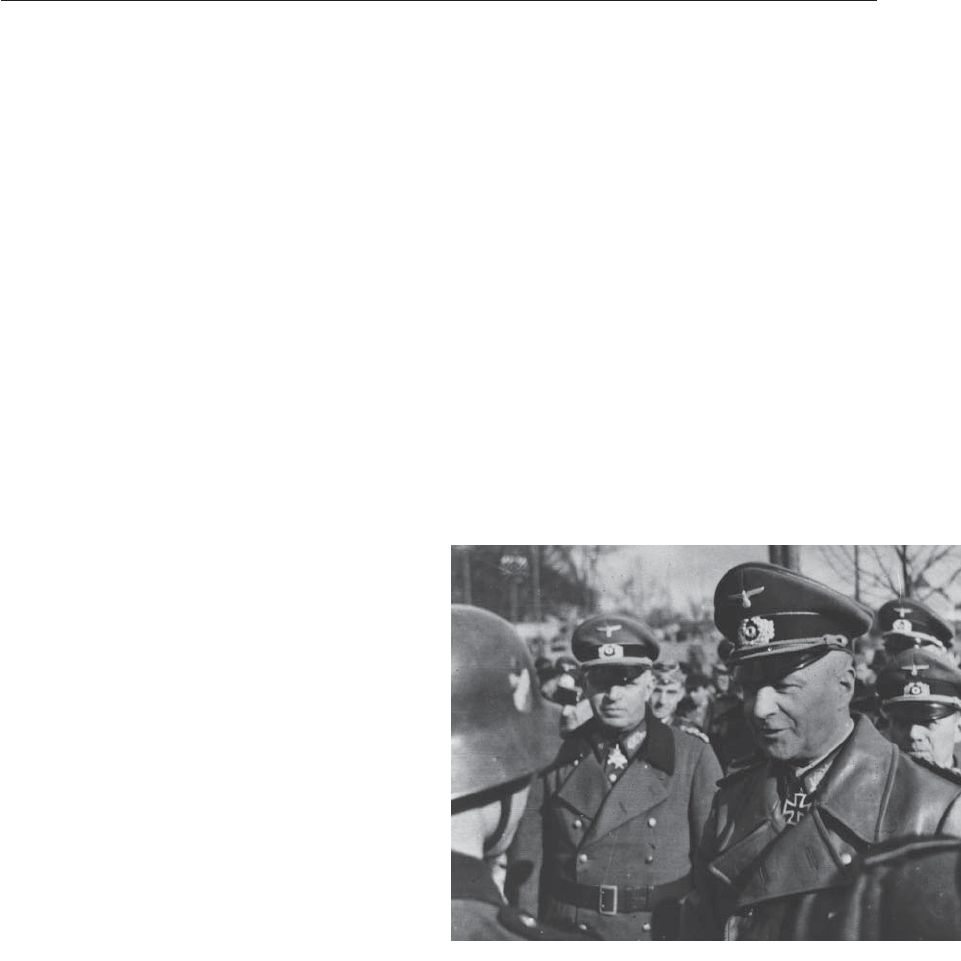
Chapter 7 The Big Picture: A Short History of World War II
123
Russia Invades Finland
Finland, one of the countries apportioned to the Soviet Union as part of the pact
with Germany, becomes the next battleground. When the Soviets invade Finland
on November 30, 1939, the attacking Red Army forces dwarf the Finnish army;
there is every reason to expect a quick Soviet victory.
However, the Finns quickly learn how to stymie Soviet advances. Tanks are
allowed to penetrate the Finnish lines during the daytime, while the Soviet infantry
is held at bay. When night falls, the Finns emerge from hiding places and pick off
the trapped Soviet tanks one by one. In other places, the Finns use highly mobile
ski units to surround Soviet columns as they pass through dense forests; entire Red
Army divisions are surrounded and beaten by the lightly armed Finns. But, after
weeks of fierce fighting, the sheer weight of Soviet numbers begins to tell. On
March 13, 1940, Finland signs a peace treaty in Moscow.
The Finnish Army never has more than 200,000 men in the field compared to the
Red Army’s 1,200,000; yet the Finns kill 48,000 and wound 158,000 Soviet
soldiers. Because the Soviets have performed dismally given the disparity of
resources, Allied and Axis observers see the Red Army as ineffective. Hitler
decides Germany can defeat the Soviets; the Allies see no point in sending
supplies to an army that will surely be beaten.
Events will prove both sides wrong.
Germany Blitzes West
After Germany’s success in Poland, Hitler looks
west and sees the next victims if the
blitzkrieg
France, Belgium, Holland, and
Denmark. Hitler believes the defeat of these
countries, along with the defeat of the British
Expeditionary Force (BEF), will make Great
Britain sue for peace. With England out of the
war, he can focus Germany’s armies on his
ultimate goal
conquering Russia. Winston
Churchill ultimately spoils Hitler’s plan; Great
Britain refuses to negotiate a peace with Germany.
The German plan of attack calls for assaults by
three army groups. The three group commanders,
Field Marshals Wilhelm Ritter von Leeb, Gerd
von Rundstedt, and Fedor von Bock achieve stunning success, although all will be
dismissed from command within two years for failures on the Eastern Front.
German Field Marshal Gerd von Rundstedt




